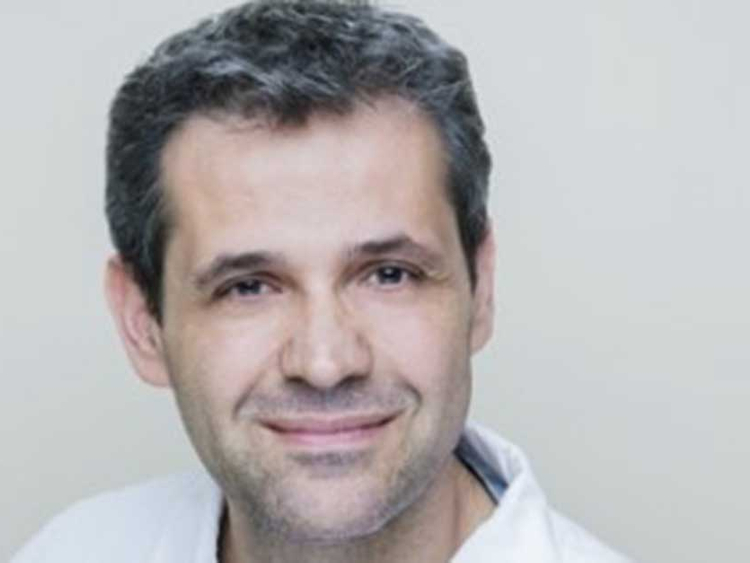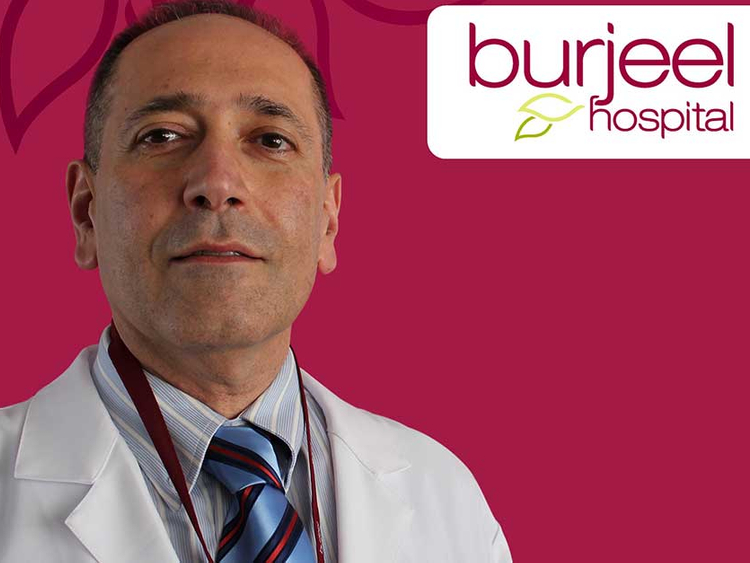
It’s something that no parent ever wants to think about and most are thankfully spared the anguish of asking themselves: What if my child is born with a medical problem that could drastically affect, or even limit, their life?
While the majority of babies are born healthy, some enter the world with congenital defects and disorders, and the fact that these can be identified before birth does not prevent families having to make painful decisions.
However, rapid developments in medical technology and innovation within paediatric care — including those being exhibited and enhanced in the UAE — are making it increasingly likely that genetic diseases can be diagnosed more conclusively before a couple choose to have a child.
It allows them to make more informed decisions, take preventative steps and stave off potential future heartache.
“Recent advancements in genetic testing have allowed the possibility of medical diagnosis via genetic diagnosis in the routine setting,” says Dr Ali Hellani, Laboratory Director of Viafet, a genetic testing facility in Dubai.
“Diagnosing a genetic disease becomes much quicker and less costly when next-generation sequencing (NGS) technologies are introduced.”
DNA crystal ball
NGS allows thousands of genes to be screened for DNA variations that lead to mutations and, consequently, genetic disease, in a short span of time and at a more affordable price for parents.
“Paediatricians benefit from this diagnostic tool, as the majority of congenital disorders appear in the development phase,” explains Dr Hellani.
“Once genetically diagnosed, medical treatments can be adjusted as necessary and the family has the possibility to take preventative steps regarding any future-affected offspring.”
This prevention comes in the form of pre-implantation genetic diagnosis (PGD) or prenatal diagnosis (PND), both of which are performed at Viafet’s laboratory.
PGD examines embryos obtained through IVF, ensuring disease-free pregnancy, while PND concerns the diagnosis of the foetus during pregnancy, from the 11-14-week stage, with its one shortcoming being that it may leave families with the dilemma of whether to undergo an abortion.
Premarital or preconception screening of either the mother or father, or both, is carried out with Viafet’s procedure targeting over 400 of the most common genetic diseases in the UAE and the region while factoring in the UAE’s diverse population.
Related couples or those with a family history of genetic disease are particularly recommended for screening.
“With the advent of NGS technologies, the possibility of prevention before having an affected child became more readily available to the general public,” says Dr Hellani.
“The future of genetic disease will be changed with the introduction of stem cell therapy and gene therapy. Many diseases are being tested for cure through clinical trials.
Stem cell therapy is the future for genetics, and the coming years will witness a revolution in curing the genetic diseases.”
At Abu Dhabi’s Burjeel Hospital, non-invasive prenatal diagnosis (NIPD) has been offered since 2012 when obstetrics and gynaecology services began.
“Barring any cost issue, it is a highly recommended, sophisticated screening test for pregnant women, since it only requires a sample of the mother’s blood to check if the baby is at risk of some diseases,” explains Dr Fady Georges Hachem, Consultant, Obstetrics and Gynaecology at Burjeel.
He says potential diseases include Down’s Syndrome and Turner Syndrome.
Chromosomal risks
“NIPD has been in the UAE health-care market since 2011, and we expect an increase in its use in years to come, since health-care practitioners are becoming more aware of its benefits,” Dr Hachem says.
“With awareness comes preference, and with preference comes demand, making NIPD easily accessible in every health-care facility at affordable prices.”
Non-invasive prenatal testing also provides the opportunity for early identification of genetic disease, utilising data from the DNA of a developing foetus that circulates in the blood of its mother.
This allows certain aspects of a baby’s genetic profile to be directly screened from a blood sample given by its mother, which are used to detect Down’s Syndrome and two other chromosomal disorders.
These are Patau Syndrome, a cause of organ defects, and Edwards’ Syndrome that disrupts a baby’s normal development and can cause miscarriage or stillbirth.
The growth of knowledge in paediatric care in the UAE is benefiting families. Paediatric geneticists are trained to identify the causes and natural history of genetic disorders and can suggest tests and treatments to help parents understand their child’s condition and take the necessary steps.
Families can also be informed if such conditions are hereditary and offered testing options to members who may be at risk of having children with such genetic problems.
Lucy Jenkins, Interim Director of the regional genetics laboratories and Head of Service for Molecular Genetics at the Great Ormond Street Hospital (Gosh), says the famed UK facility treats referred children from around the country and the world — including the UAE.
Genetics in paediatrics is becoming more increasingly common at the facility and worldwide.
“The North East Thames Regional Genetics Service based at Gosh has the technology, expertise and facilities to perform analysis on 5,600 clinically significant genes in one test,” she says.
“Called GOSHome, this clinical exome [part of the genome] is based on NGS and [lets] us provide information more rapidly, by focusing on the genes we think are associated with a patient’s particular symptoms.
“This avoids the diagnostic odyssey previously experienced by patients when genes could only be analysed sequentially, one at a time sometimes over the course of years.”
The aim of Gosh’s clinical scientists is to provide the clinician and family with a diagnosis, she adds.
“For a patient with a rare disease, the diagnosis can be very important to help with management and to avoid repeated diagnostic assessments.
A diagnosis can provide a treatment plan, help support children at school and home, and also give important genetic information to the rest of the family risk of the condition recurring.”














